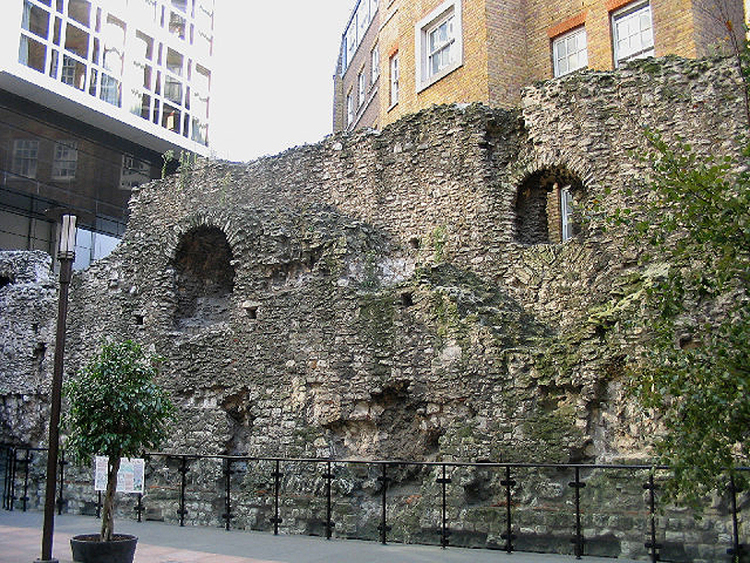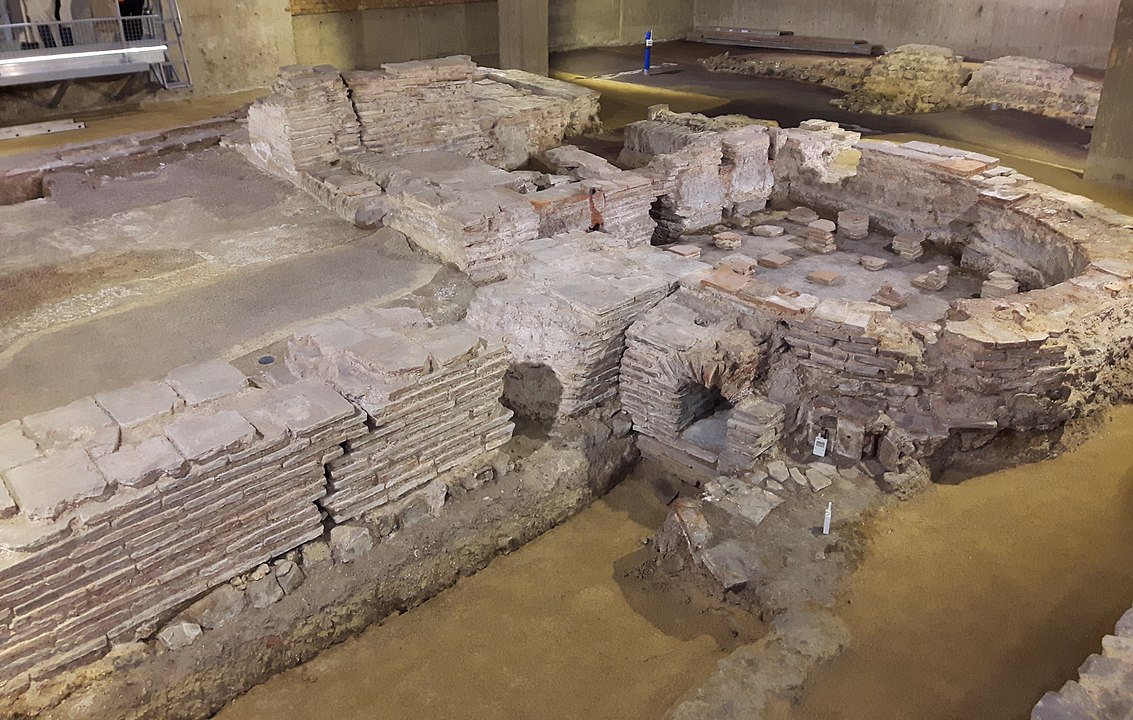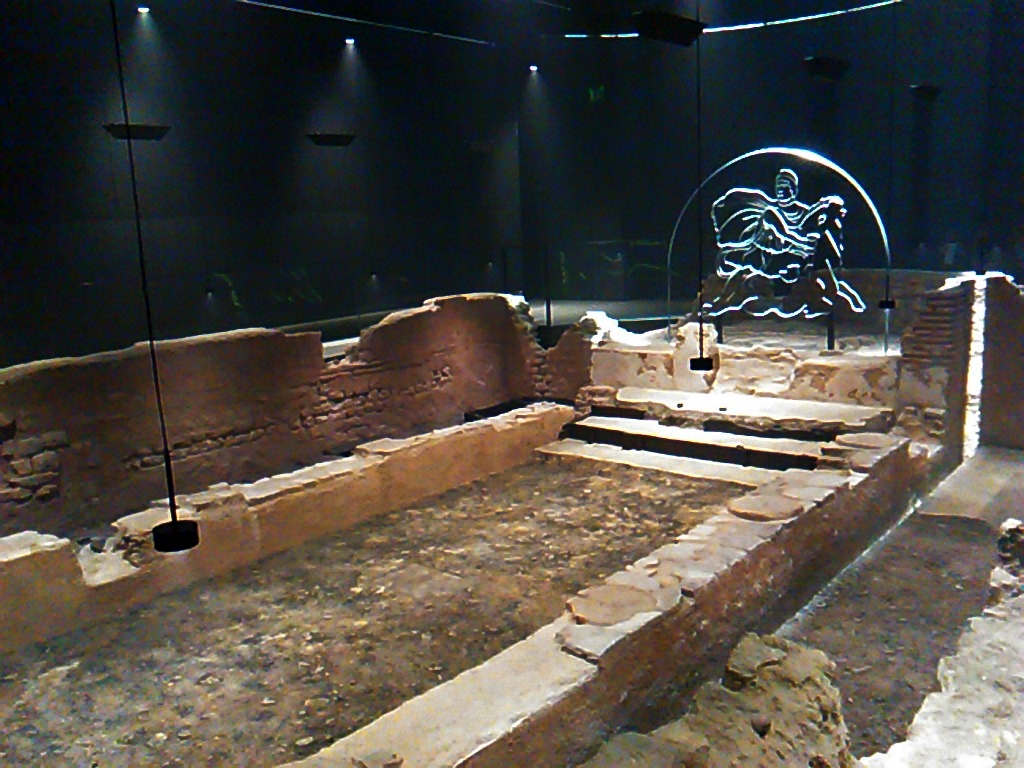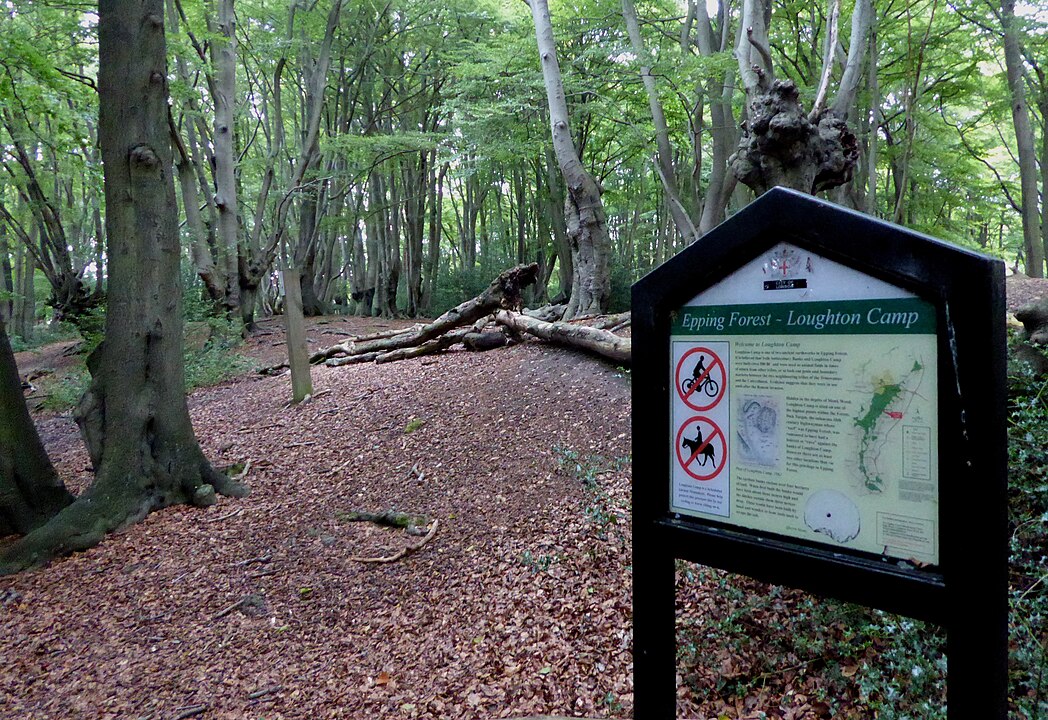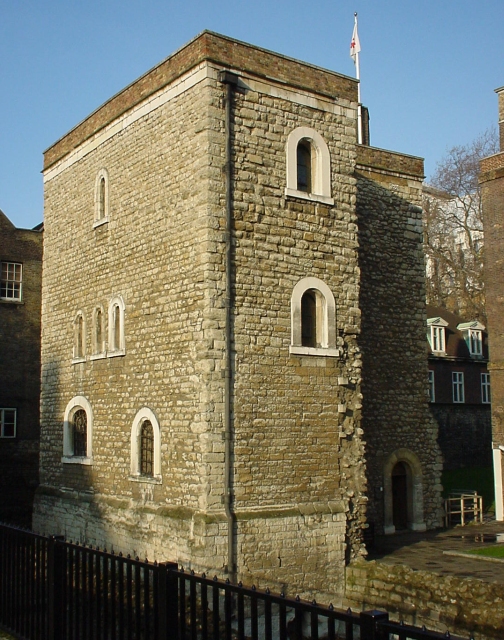The Hidden Secrets Beneath St Bride’s Church at Fleet Street
If you happen to stroll along Fleet Street, you will surely notice St Bride’s Church’s famous wedding cake spire, designed by England’s most notable architect, Sir Christopher Wren. However, few know you can visit one of the most fascinating and blood-chilling archaeological sites under the church. Featuring a fragment of a Roman paved street, the foundations of Saxon and mediaeval Christian temples, and a haunting charnel house, it is a must-visit for those tempted by London’s millennial history.
From its ancient roots as a possible site of 6th-century worship to its repeated destruction and rebirth, St Bride’s is a microcosm of London’s turbulent life. And it is what lies beneath its foundations that reveals the layers of its fascinating, and at times eerie, past.
The Early History of St Bride’s Church
St Bride’s Church may be best known for its striking spire, but its origins stretch back far beyond Sir Christopher Wren’s baroque creation. Archaeological evidence suggests that a place of worship existed on this site as early as the 6th century AD, when London, or Londinium, was a relatively quiet town in post-Roman Britain, a mere shadow of its former urban glory.
It is believed that the earliest church here may have been a simple wooden structure built by early Saxon Christians. Fleet Street was part of an ancient Roman road that connected the heart of Londinium with the surrounding areas, making it a vital location for commerce, communication, and religious life.
Over time, the early wooden church would have been replaced by more substantial structures as the city grew and developed. By the medieval period, St Bride’s had become a prominent place of worship for the growing population of Londoners. Its name is thought to derive from St Brigid, a patron saint of Ireland, and the church would have served as a spiritual anchor for the inhabitants of Fleet Street and beyond.
The Great Fire of London and Christopher Wren’s Masterpiece
The Great Fire of London in 1666 consumed much of the city, and St Bride’s was not spared. The wooden structure that had stood for centuries was reduced to ashes, along with 87 other churches. But from this catastrophe emerged one of the greatest architectural minds of the time, Sir Christopher Wren.
Wren, tasked with rebuilding many of the city’s churches, approached the reconstruction of St Bride’s with the same ingenuity and grandeur that marked his work on St Paul’s Cathedral and other masterpieces. The church’s most famous feature, the spire, was designed as a symbol of hope and resilience. With its layered design resembling a wedding cake, it became a lasting icon of the city.
Like many of Wren’s works, St Bride’s reflected the blend of elegance and practicality that defined his architectural style. While St Paul’s Cathedral may have been his crowning achievement, St Bride’s spire is one of his most creative expressions. The church was designed to be more than just a place of worship—it was a statement of London’s capacity for renewal.
The Cholera Outbreak of 1854 and Sealing of the Tombs
St Bride’s continued to serve as a hub for its parishioners well into the 19th century, but another disaster would soon touch it. In 1854, an outbreak of cholera swept through London, causing widespread panic and devastation. This particular outbreak became infamous for its connection to the contaminated water supply around Broad Street, but it also affected those buried beneath St Bride’s.
The cholera epidemic forced authorities to reassess the practice of burying people in church crypts and graveyards, particularly in urban areas like Fleet Street. It was feared that decaying bodies in the church’s tombs could be spreading disease through the air and water. As a result, many of the tombs at St Bride’s were sealed to prevent further contamination.
These tombs, once the final resting places for some of London’s notable citizens, remained untouched for nearly a century. It wasn’t until much later, during the reconstruction after World War II, that they were reopened, revealing chilling secrets of the church’s past.
The Blitz and the Excavations That Followed
As Londoners endured the harrowing days of the Blitz during World War II, St Bride’s found itself again in the line of fire. In December 1940, a bomb hit the church, reducing it to ruins for the second time in its history. Though the spire survived, the interior was obliterated, leaving only a skeleton of Wren’s vision.
Before the church could be rebuilt, archaeologists were granted permission to conduct excavations beneath the ruins. What they uncovered shocked many and offered a rare glimpse into the ancient history of London.
The excavation of St Bride’s unearthed layers of history buried beneath its foundations. Beneath the rubble of Wren’s baroque masterpiece, archaeologists found traces of Roman Londinium, Saxon artefacts, and medieval foundations, each representing different periods of the city’s evolution.
The Roman Ditch and Pavement
One of the most remarkable discoveries during the excavation was the remains of a Roman ditch and pavement. The Roman presence in the area dates back to the 1st century AD when Londinium was an important Roman settlement. The excavation revealed the remnants of a Roman road and a drainage ditch that would have helped channel water from the higher ground towards the River Fleet.
The discovery of the Roman pavement was particularly significant, as it provided a tangible link to the city’s ancient past. This well-preserved section of Roman engineering underscored Fleet Street’s long-standing importance as a major thoroughfare, long before it became synonymous with London’s printing trade.
Saxon and Mediaeval Foundations
As archaeologists dug deeper, they uncovered foundations from the Saxon and Mediaeval periods, each offering insights into the church’s evolving architecture. The earliest were believed to be from the 6th or 7th century when the first Christian structure was built on the site.
Later, mediaeval foundations showed how the church expanded and rebuilt over the centuries. These remnants of previous iterations of St Bride’s reminded us of the constant flux of history—the church, like the city it served, had been built, destroyed, and rebuilt countless times.
The Iron Coffin of Mrs Campbell
Among the many tombs discovered beneath St Bride’s, one stood out as particularly curious: the iron coffin of Mrs Campbell. Unlike the more traditional lead or wooden coffins, Mrs Campbell had been interred in a large iron sarcophagus, likely as a precaution against grave robbers.
The coffin, while fascinating from an archaeological perspective, also raised questions about Mrs Campbell’s life and death. Iron coffins were rare and expensive, typically reserved for those who could afford such elaborate burials. The decision to place her in such a coffin suggests a concern about the sanctity of her final resting place, possibly due to the fear of body-snatching, a practice not uncommon in 18th—and 19th-century London.
The Blood-Chilling Charnel House
Perhaps the most macabre discovery beneath St Bride’s was the charnel house, a place where bones of the dead were stored after their bodies had decayed. This grim chamber was filled with human remains, carefully stacked in a manner that reflected both the practicalities of space and the reverence for the dead.
The charnel house was a reminder of the church’s medieval past when burial space in London was at a premium. Instead of leaving decaying bodies in overcrowded churchyards, remains would be exhumed and placed in charnel houses to make room for new burials. While the practice may seem unsettling today, it was a common solution to the problem of limited burial space in urban areas.
The discovery of the charnel house beneath St Bride’s brought to light the sobering reality of life, death, and burial practices in medieval London. It was a testament to the church’s long history as a place of worship but also of burial and remembrance.
A Church with a Thousand Lives
With its elegant spire towering over Fleet Street, St Bride’s Church is more than just a symbol of architectural beauty. It is a history repository containing the stories of centuries beneath its foundations. St Bride’s is a microcosm of the city’s life story from its Roman origins to its Saxon beginnings, its medieval transformations, and its role as a final resting place for London’s dead.
The hidden secrets beneath St Bride’s remind us that London’s history is written in the buildings we see above ground and the layers beneath.


